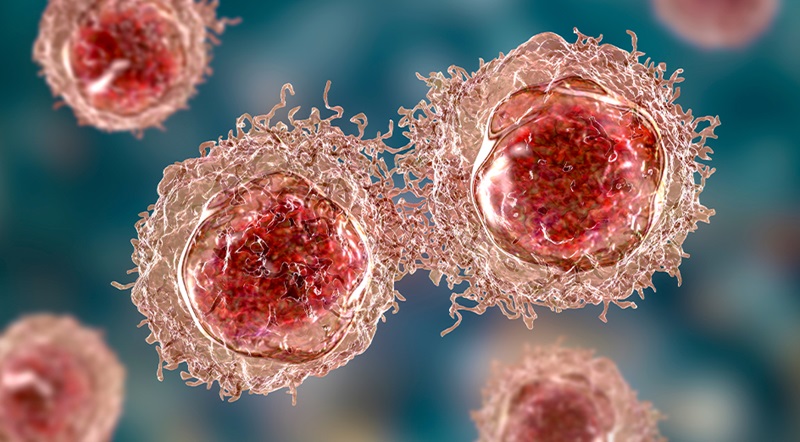
Cutting-edge bioluminescence technology pioneered at The University of Western Australia has been used to uncover a potential game-changer in immunotherapy.
The results of the groundbreaking study led by researchers at UWA and the University of Nottingham in the UK and published in have spotlighted the intricate mechanisms of immune responses, paving the way for potential therapeutic interventions in infectious diseases.
Lead author, Adjunct Research Fellow at UWA Dr Carl White said CXCL17, a protein predominantly found in mucosal tissues such as the lungs, has been identified as a potent inhibitor of the CXCR4 chemokine receptor, a type of protein found on the surface of certain cells in our body.
“The CXCR4 chemokine receptor acts like a doorway, allowing specific signalling molecules called chemokines to trigger various cellular responses and plays important roles in processes like immune response, cell migration, and organ development,” Dr White said.
“It was already known that CXCL17 played a crucial role in combating infections by recruiting immune cells to affected sites, however its specific mechanisms and interactions within the body had been poorly understood.
“We used bioluminescence technology, a scientific method harnessing the natural light produced by living organisms to study biological processes or detect specific molecules. This allowed us to establish that CXCL17 binds to the CXCR4 receptor, contrary to initial expectations.
“In simple terms, this means the CXCL17 protein has the ability to prevent or reduce the function of this particular receptor in the body, which is potentially important in regulating various physiological processes including immune cell migration.”
Dr White said the study also revealed a unique mode of action, whereby CXCL17 utilised glycosaminoglycans, which are complex sugar molecules, near CXCR4 to block receptor function, presenting a novel avenue for drug development targeting CXCR4-associated diseases.
“This research not only provides crucial insights into the role of CXCL17 in immune defence mechanisms but also offers a promising strategy for developing new therapeutics against a wide range of diseases,” Dr White said.
The international collaboration between Professor Kevin Pfleger’s laboratory at UWA and Professor Stephen Hill’s laboratory at the University of Nottingham, led in both locations by Dr White, marks a significant step forward in understanding immune regulation and holds great potential for future advancements in immunotherapy and drug development.
